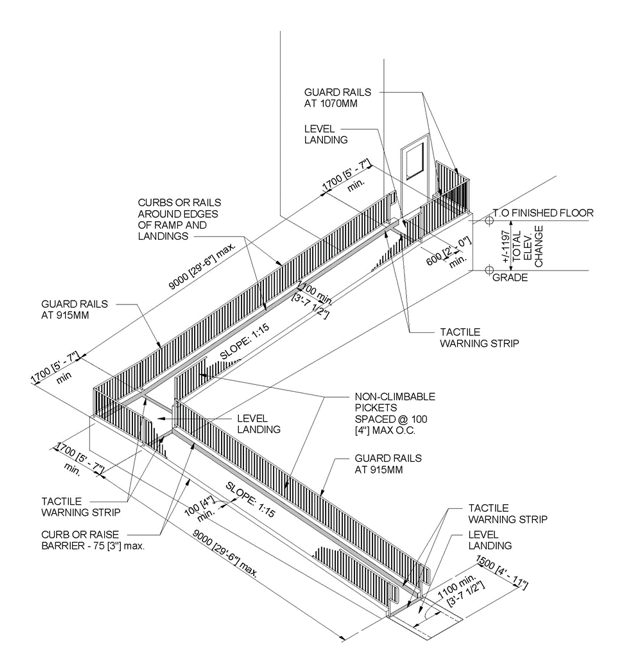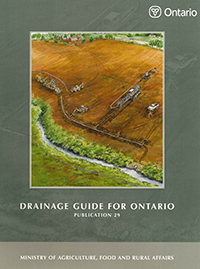

Industry officials complain that Ontario provides less advice than in the past on its code, raising the potential for varying interpretations by local municipalities that approve building permits. "But there is a need for consistent interpretation of what the requirements are." "Because it is the law, people are embracing it and going forward and adjusting their projects to suit," says Michael Steele, director of technical standards for Rescon, a residential building construction association. Though industry spokesmen are supportive of barrier-free buildings, some still express concern over interpretation of the new rules and cite new, but not insurmountable design challenges to rethinking traditional spaces.
#ONTARIO BUILDING CODE ACCESSIBILITY STANDARDS UPGRADE#
"Good landlords have been aware of this and have been planning for it," says Craig Tresham, a principal of Avison Young, a national commercial real estate services firm.Īdds Marlene Farias, vice-president of central region for Triovest Realty Advisors, an investment and property management services firm: "I don't think it is a huge change in that we don't have to spend an enormous amount of capital to upgrade our buildings at this point." She notes that existing properties with no renovations are grandfathered under the revised code. 1 have generated uncertainty over how they will be interpreted, but the intent of the code change is not seen as onerous. The numerous technical revisions that took effect Jan. This year, the to-do list is little longer, with recent revisions to the Ontario building code on accessibility. Ontario’s Building Code requires barrier-free access to and around all public pools and some public spas.When Avison Young relocates two of its property management branches to a downtown Toronto office high-rise this summer, the commercial real estate services company will make the usual move-in preparations.

Pools and spas provide important recreational and exercise opportunities for people of all ages and abilities. The washrooms must be situated on a barrier-free path of travel and meet Building Code requirements addressing:

Most buildings must have barrier-free washrooms in public areas. The visual component conforming to National Fire Protection Association standards. Visual fire and smoke alarms must be on every floor and in every sleeping room of residential buildings. Visual fire alarms and smoke alarms equipped with a visual component are an important part of enhancing public life safety for all occupants of a building. For example, if a building has 1 and 2 bedroom suites, accessibility features must be available for both types. Suites with accessibility features must be distributed throughout the building and represent the types and sizes of suites available in the building.


 0 kommentar(er)
0 kommentar(er)
